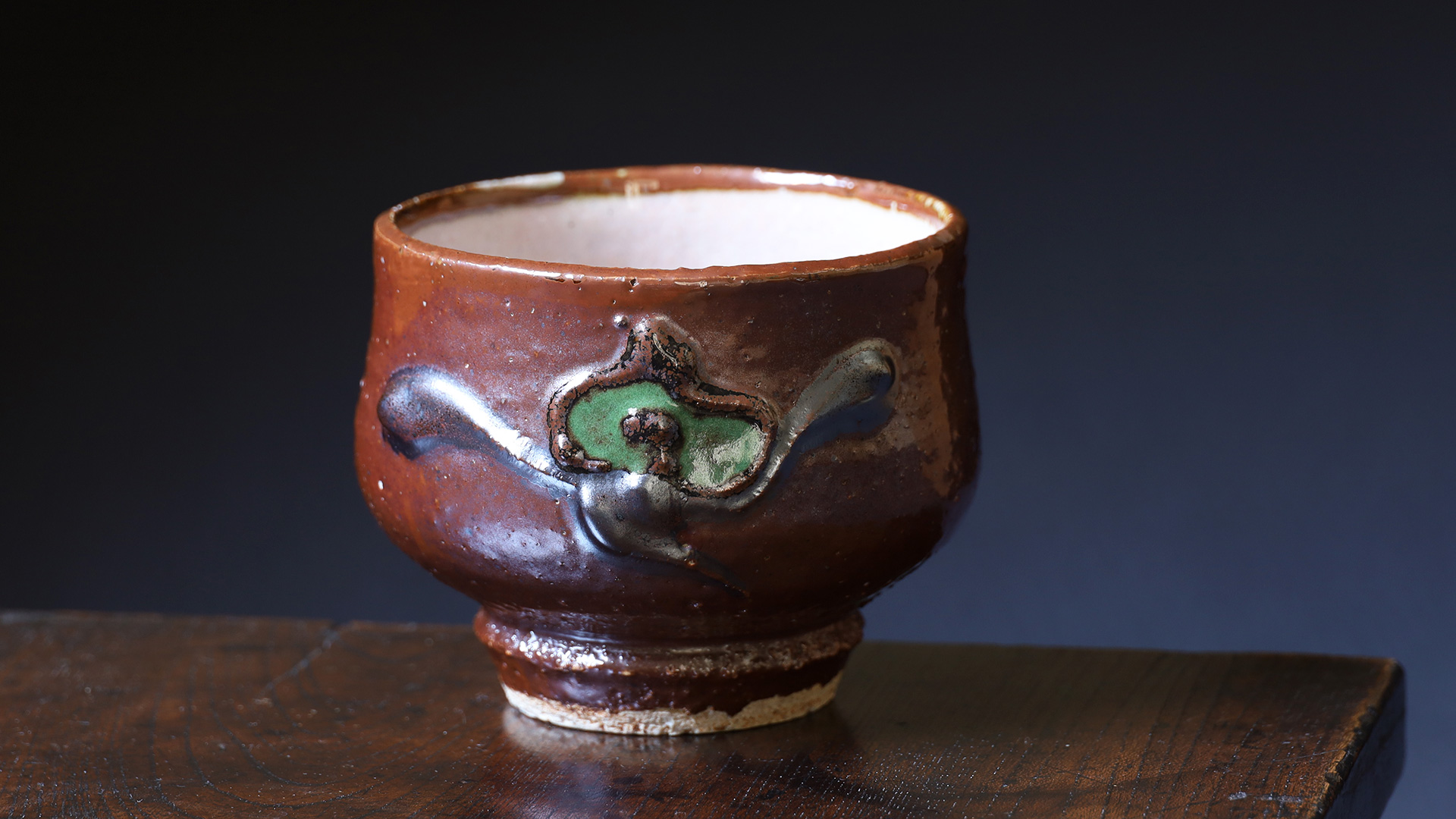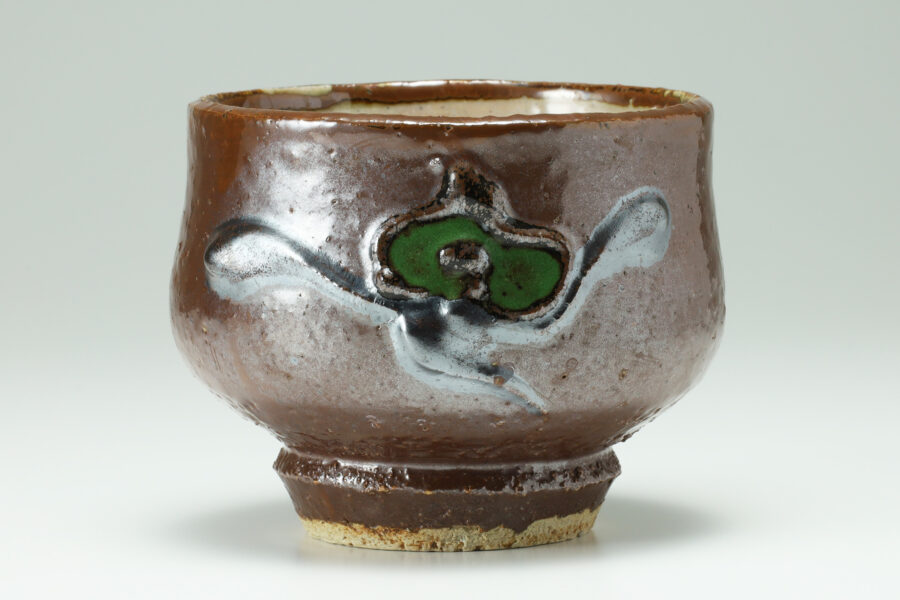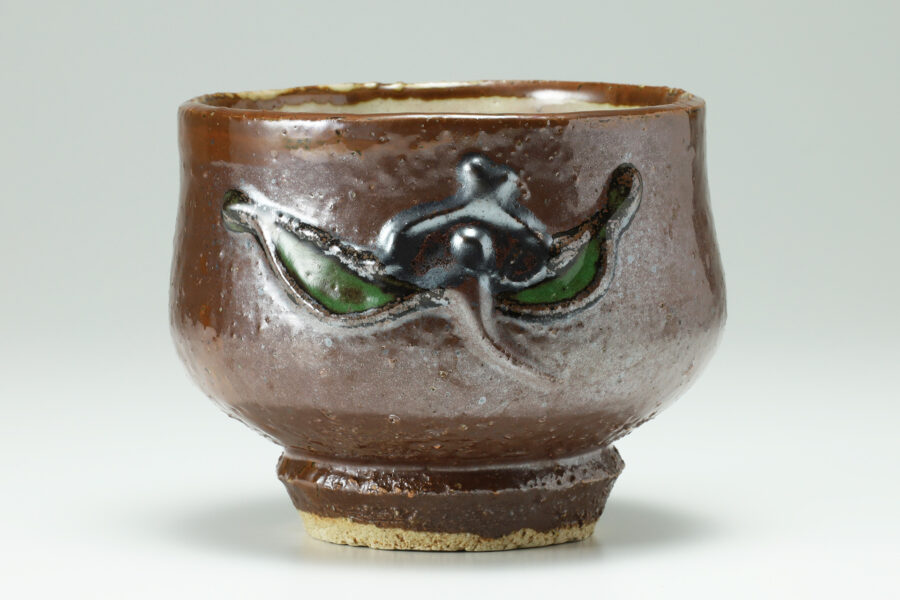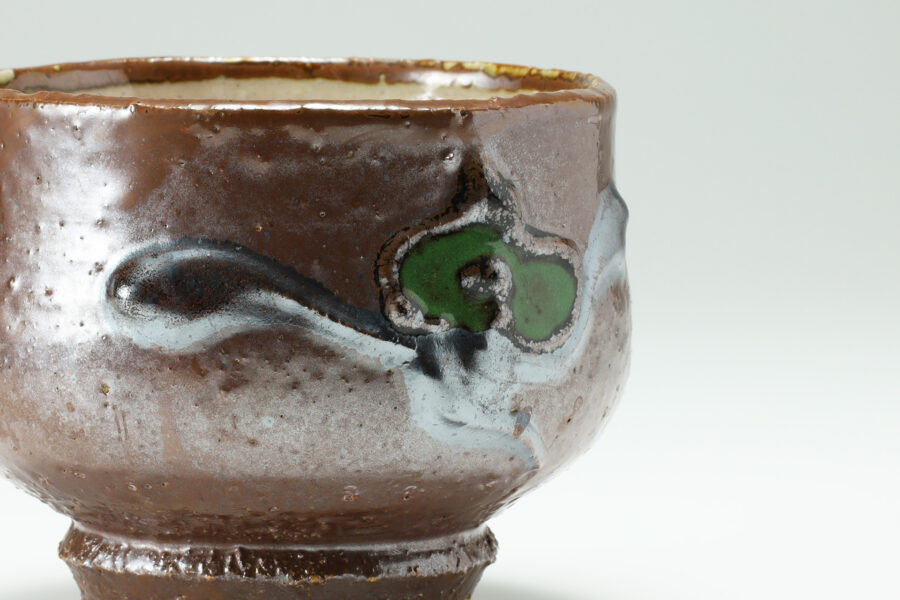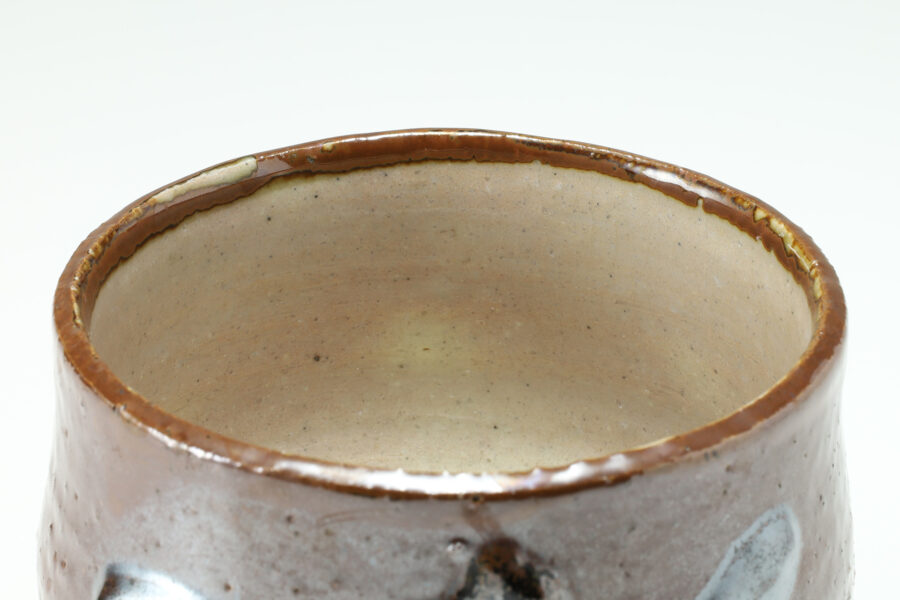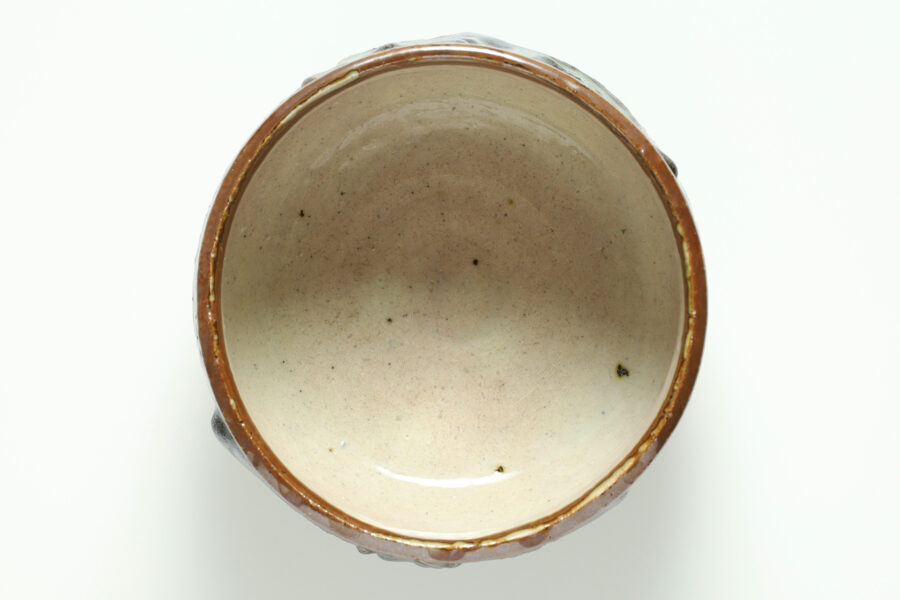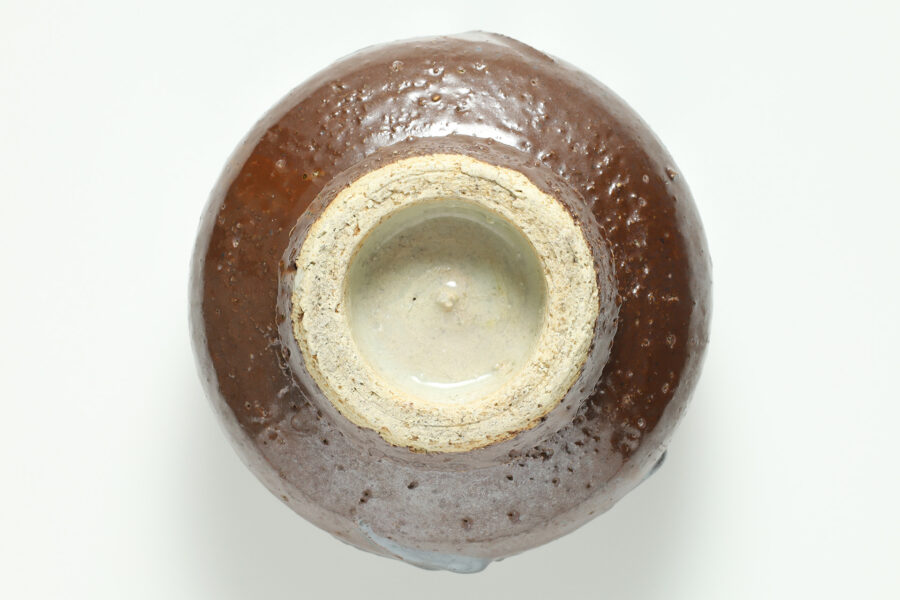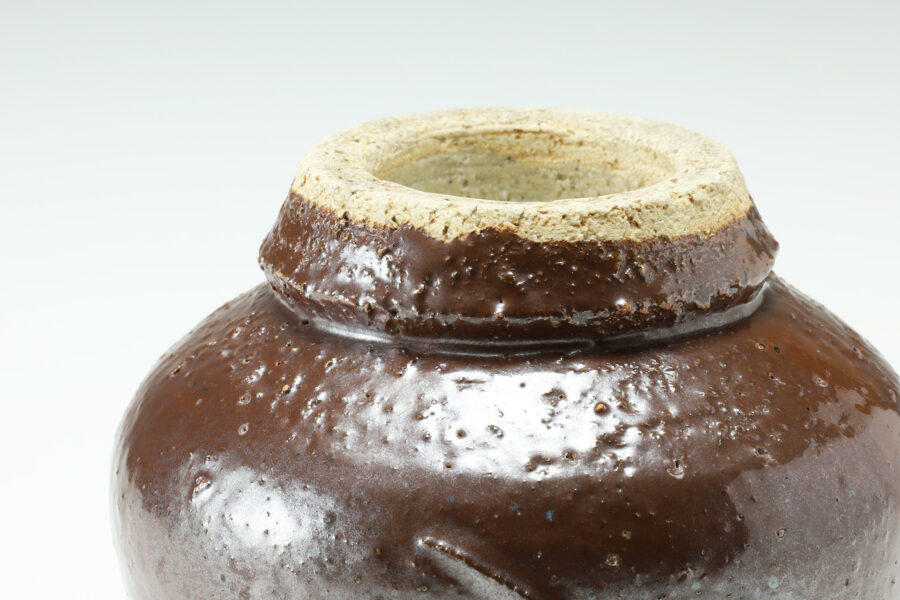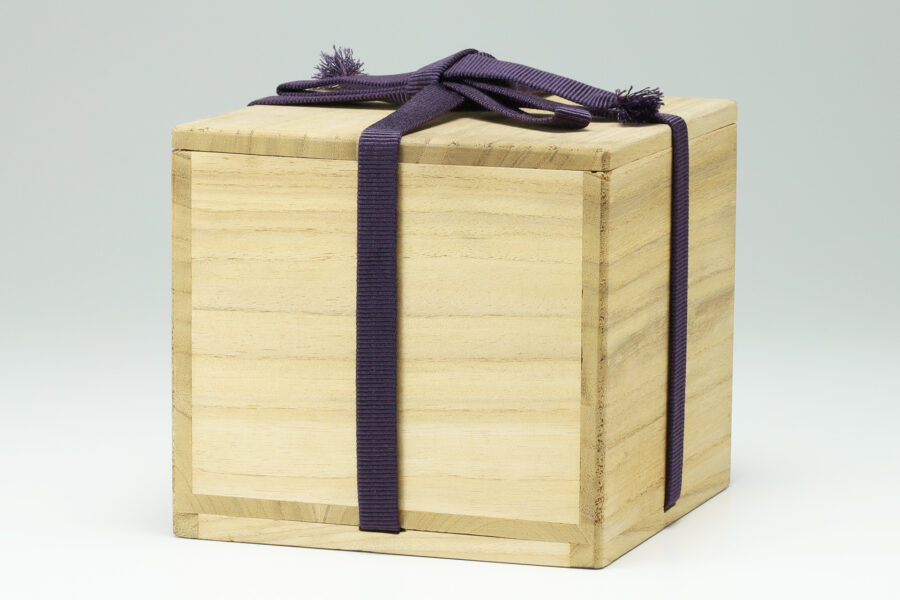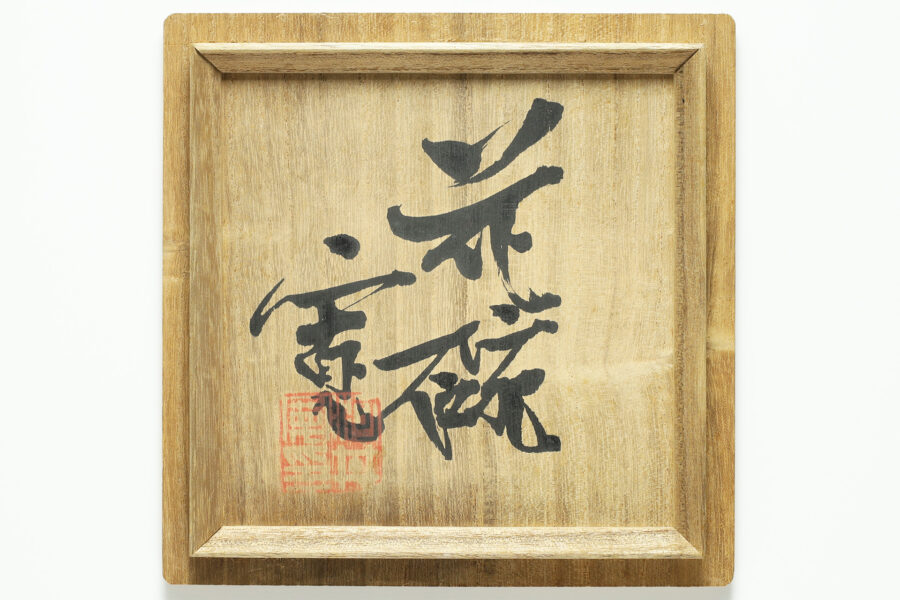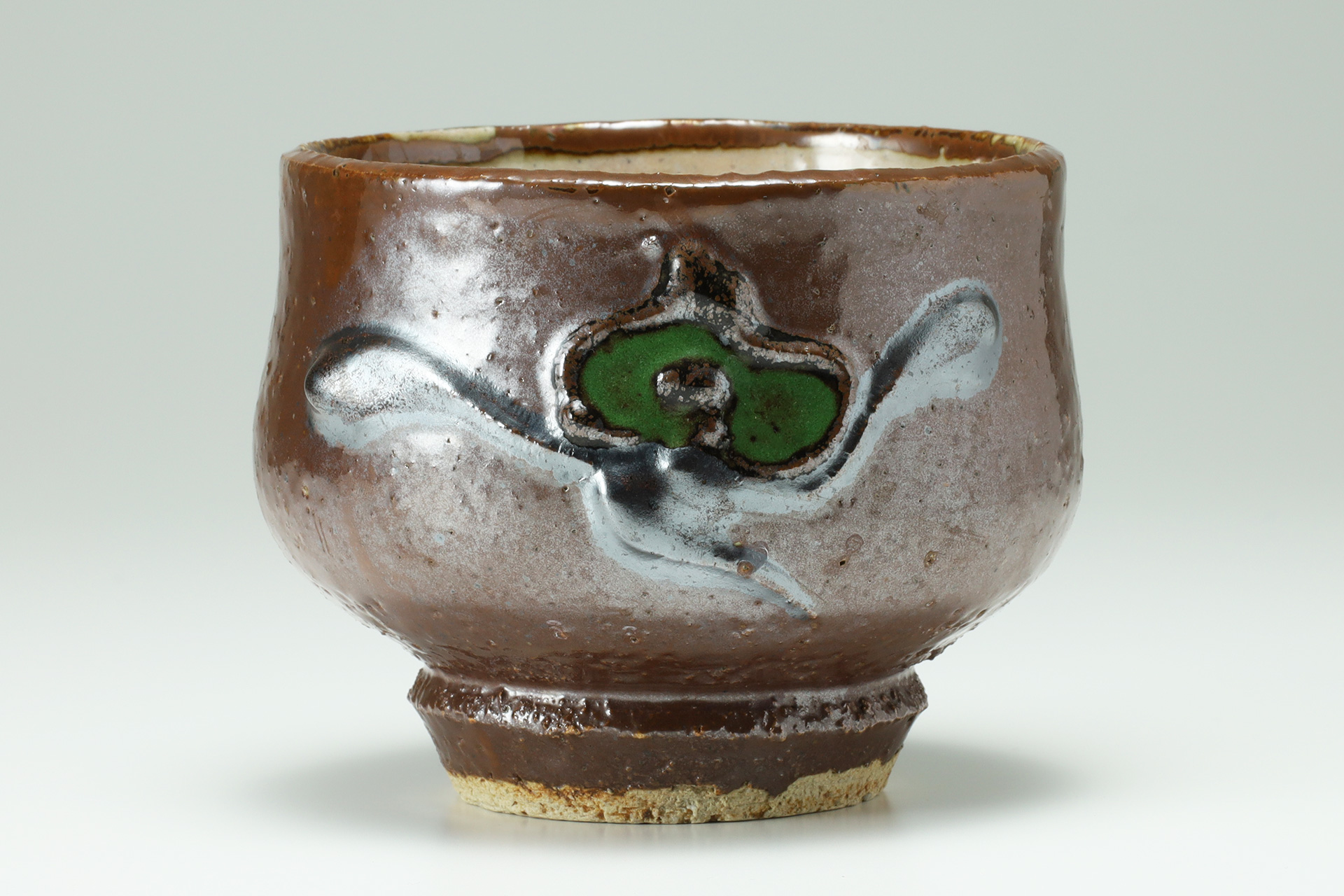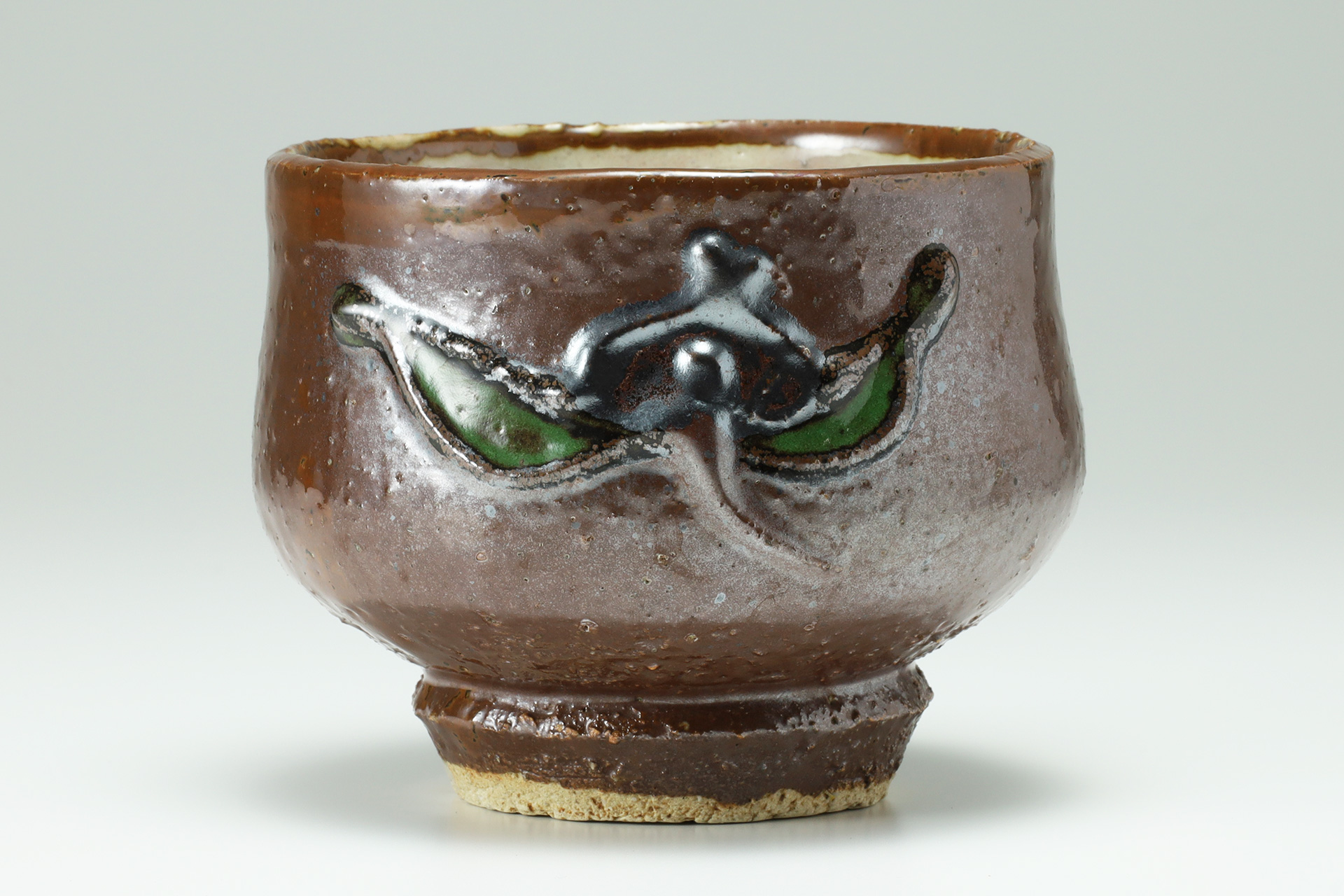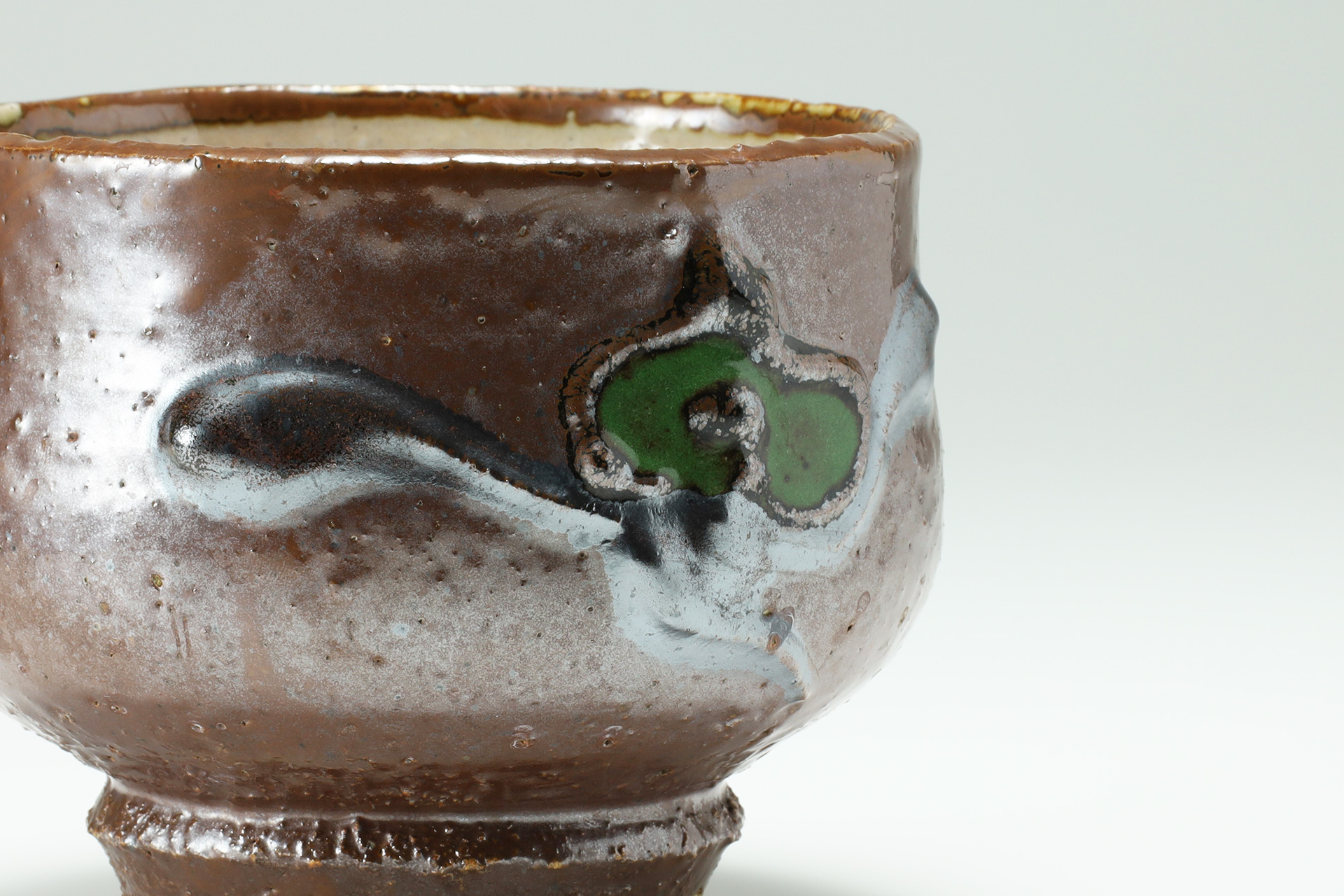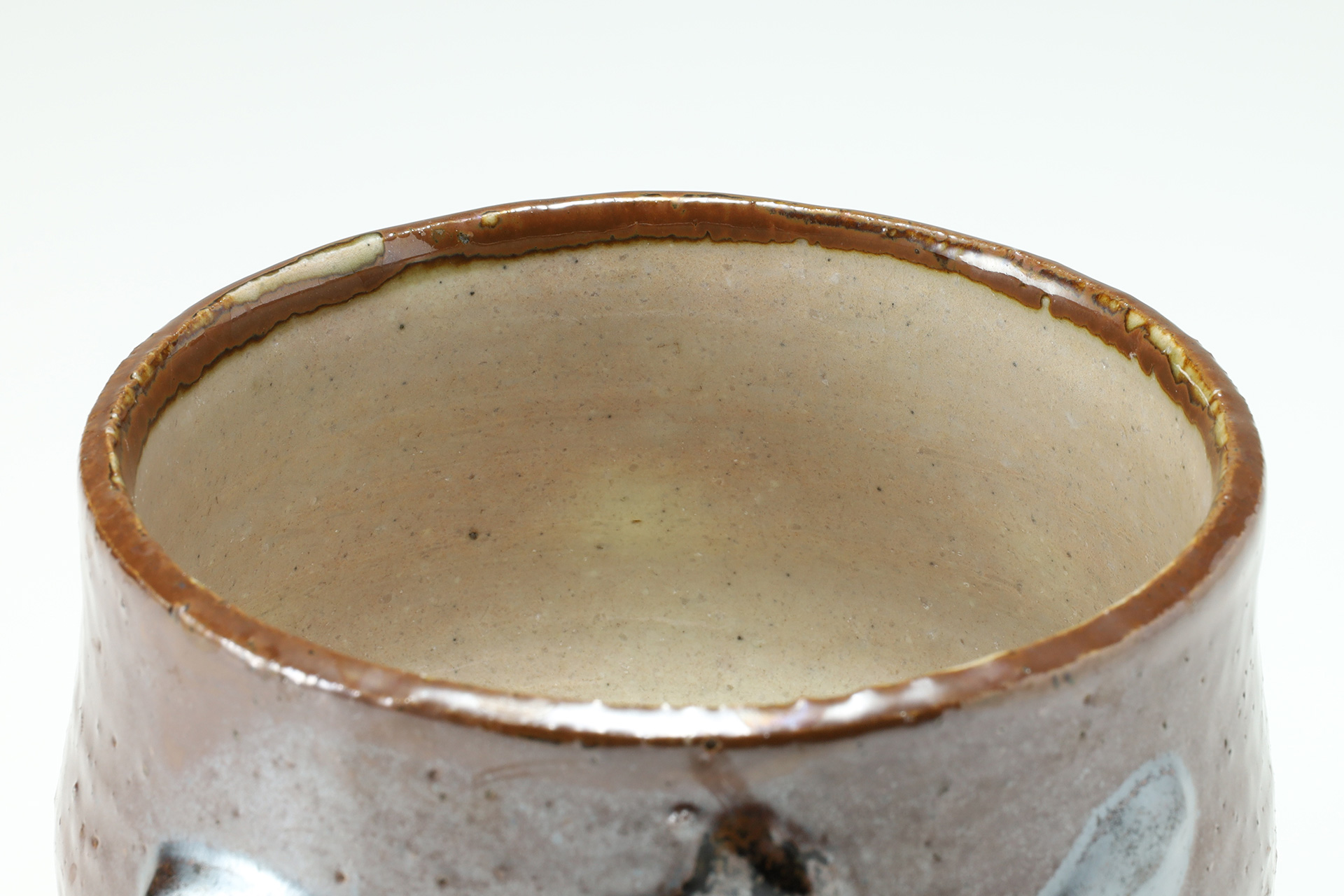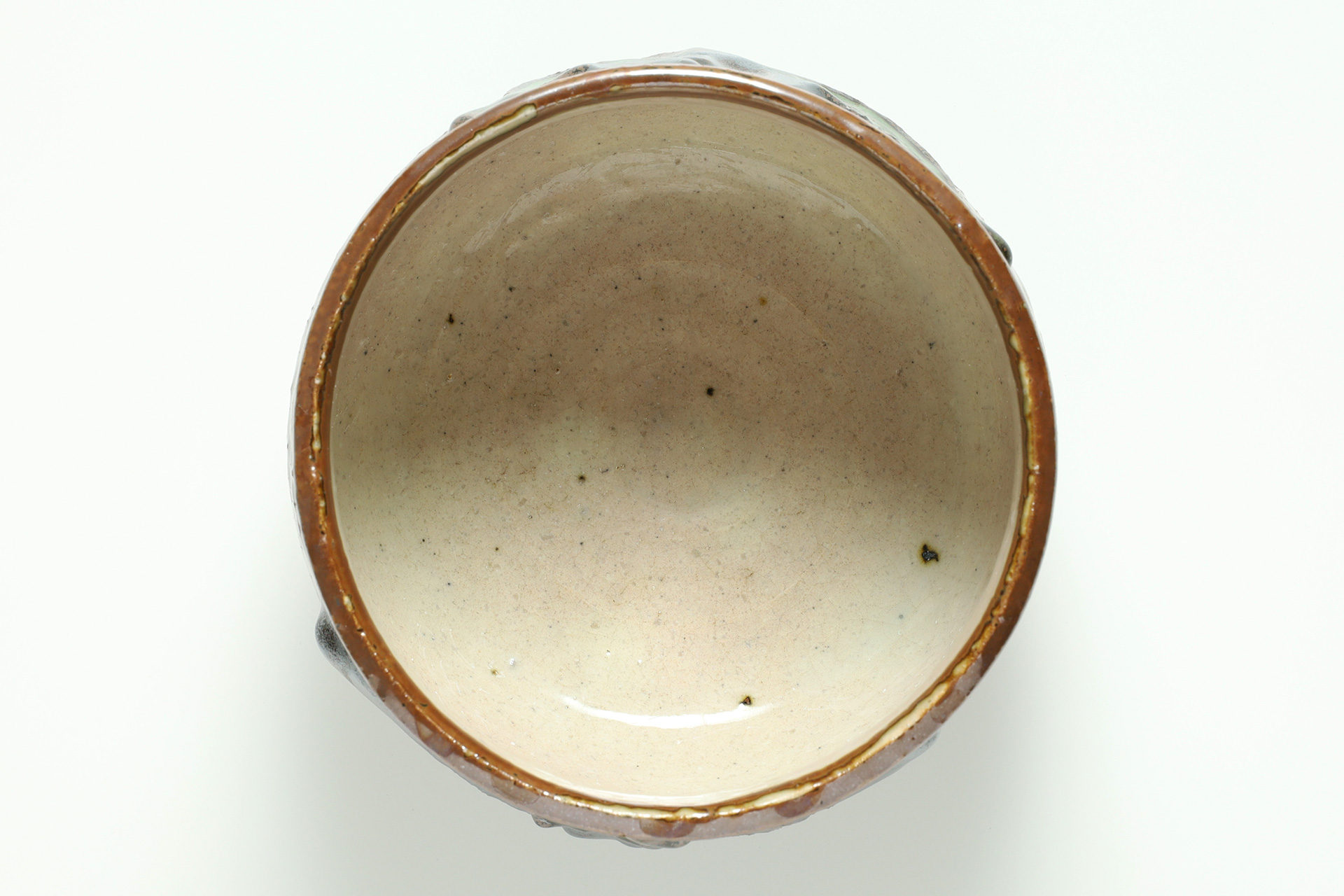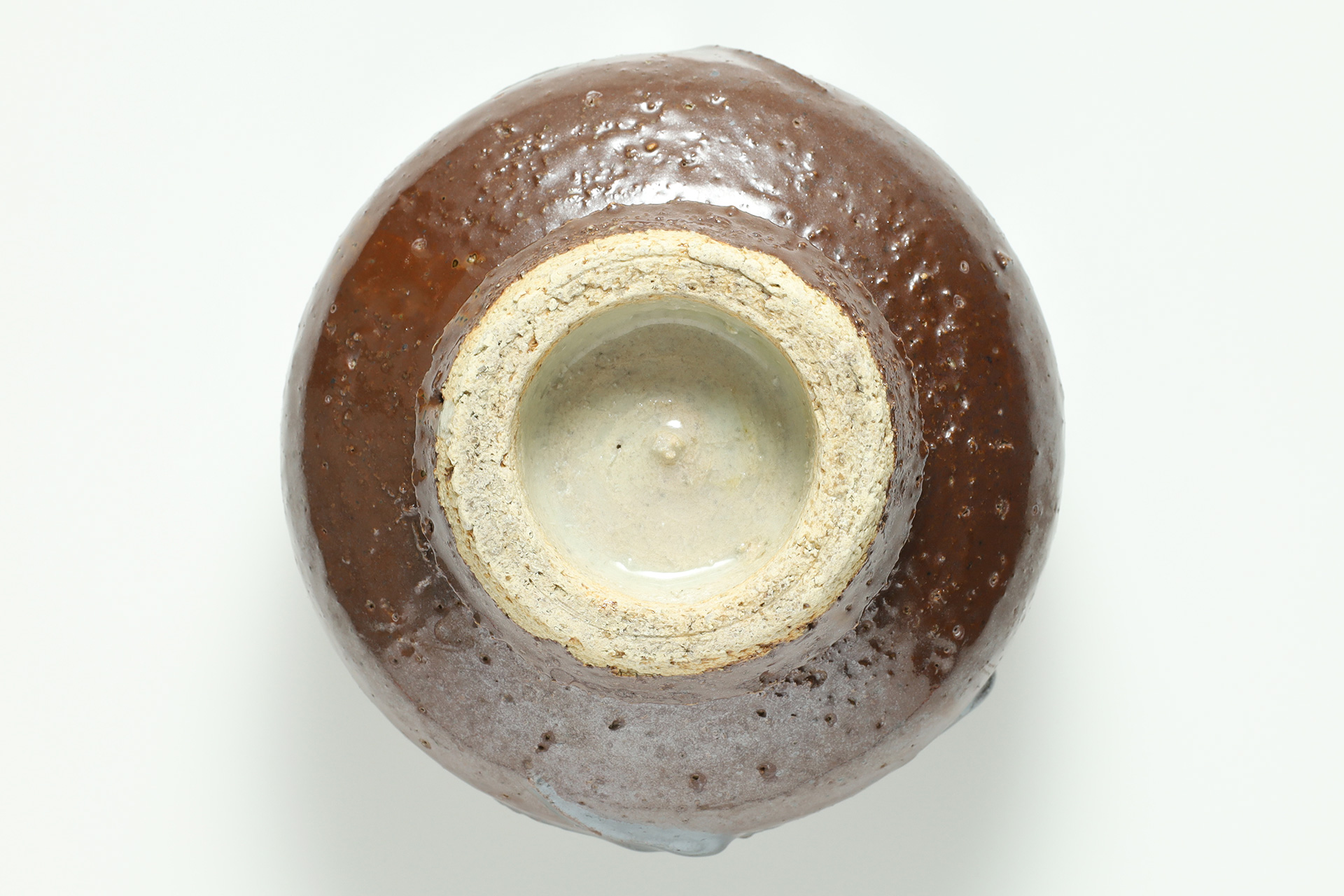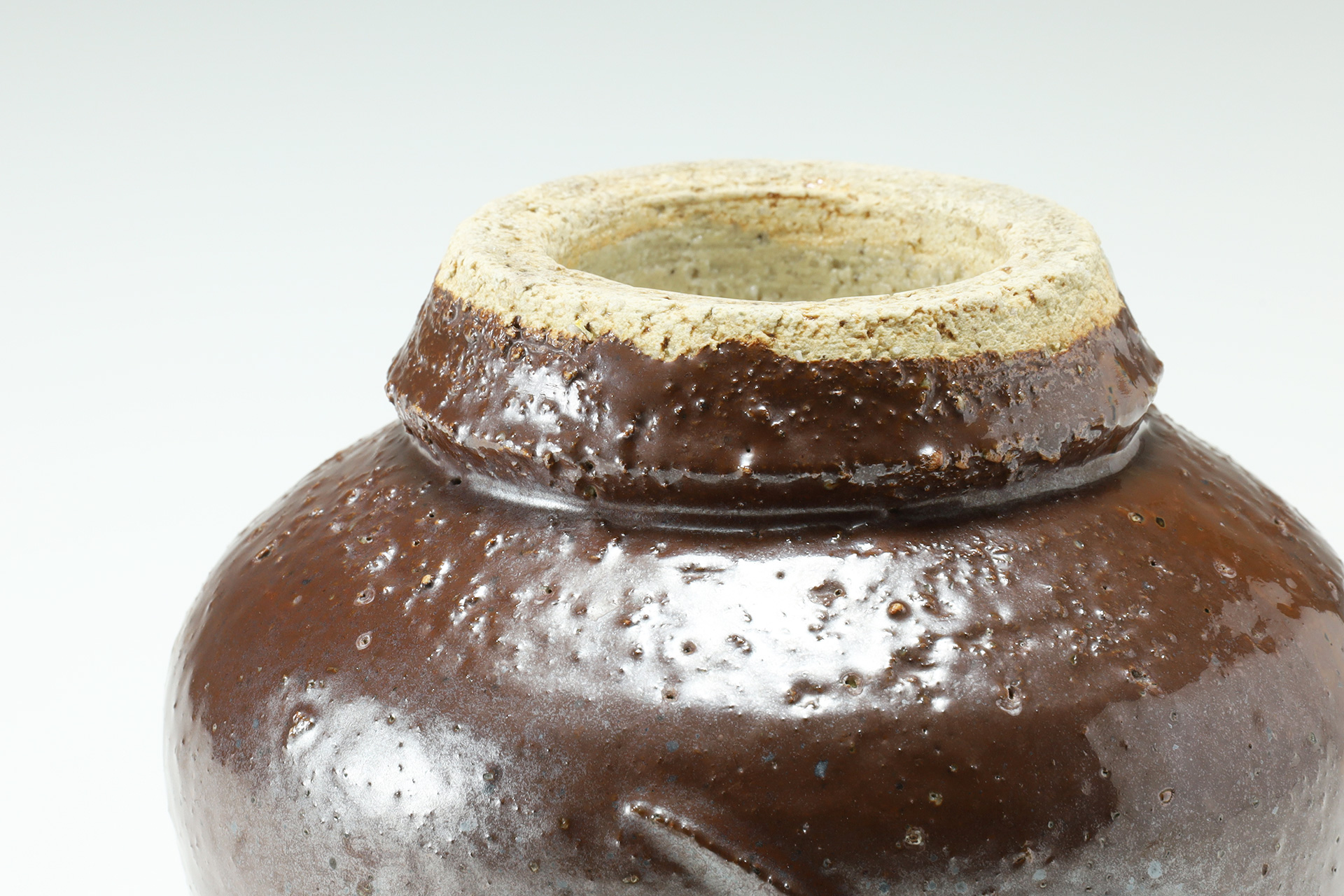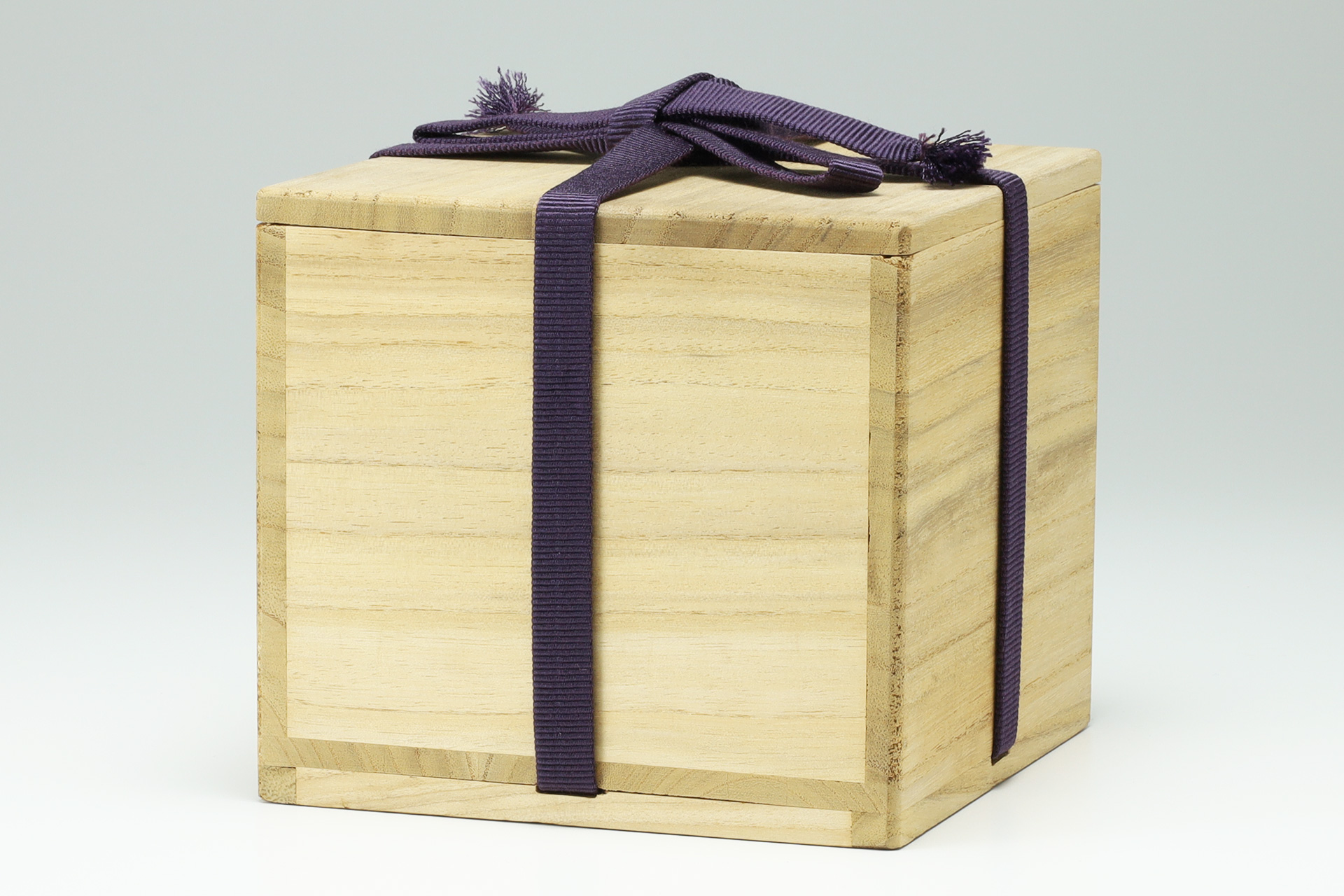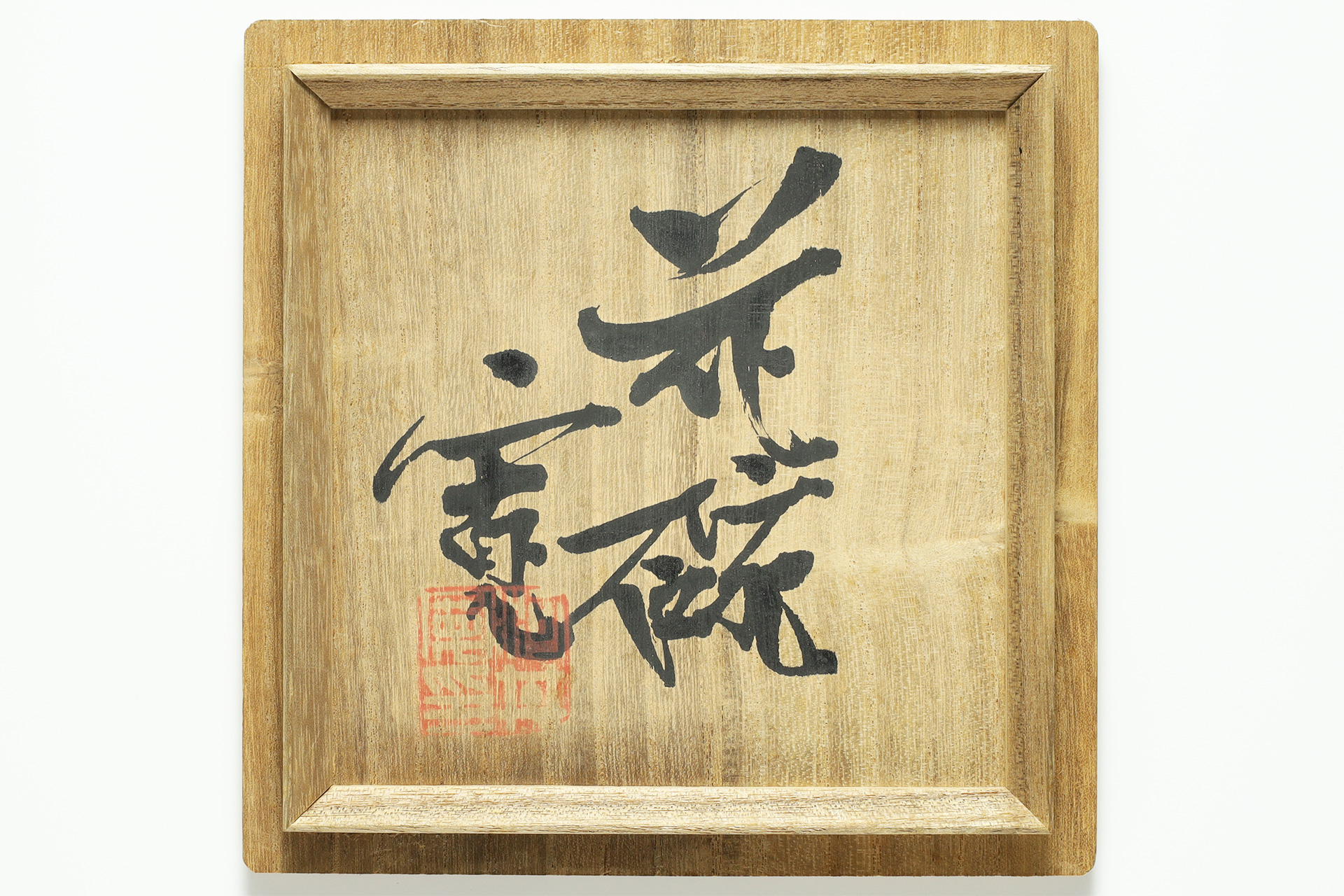It is the good work that has a dignified presence due to its specialty itchin(tsutsugaki). The floral design is drawn vigorously. Kanjiro Kawai also produced many tea bowls and used them regularly in his daily life. It was not tea as a tea ceremony, but a natural home tea that was an extension of bancha. It is said that he not only served guests, but also enjoyed tea with his family many times a day.
Inquiry
- Product Code
- 230402-5
- Artist
- Kanjiro Kawai
1890-1966
- Weight
- 445g
- Diameter
- 12.2cm
- Height
- 9.3cm
- Bottom Diameter
- 6.1cm
- Description
- Paulownia Box with Artist's Sign
- Condition
- Excellent Condition
It is in good condition without a feeling of use.
Kanjiro Kawai 1890-1966
Kanjiro Kawai was born in Shimane prefecture.
In 1914, after graduating from Tokyo Institute of Technology ceramics department, entered the Kyoto Municipal Ceramics Experimental Station.
While receiving guidance from director Eiko Fujie and senior engineers Shinobu Komori, together with junior, Shoji Hamada, who entered the studio two years later, worked hard on research and production of techniques.
In 1920, established a residence in gojozaka, higashiyama-ku, Kyoto city, named the kiln inherited from the 5th Rokubei Kiyomizu “Shokei Kiln”.
In 1921, held the first creative ceramics exhibition at Takashimaya in Tokyo and Osaka, presented a group of technical works that imitated chinese pottery. Acclaimed as a newcomer by ceramic historian Seiichi Okuda, each time held solo exhibitions, received high acclaim. On the other hand, have doubts about the technique oriented production that imitates old ceramics, in 1924, deeply moved by the slipware brought back from England by Shoji Hamada. Having met Muneyoshi Yanagi through Hamada’s introduction, opened his eyes to the beauty of miscellaneous pottery and discovered his belief in creation. In addition, launched the “Folk Art Movement” with Muneyoshi Yanagi and Shoji Hamada, and worked energetically as a practical leader. Turned to the simple style of folk art and established own style.
In 1929, recommended to the Imperial Exhibition by the Imperial Art Academy.
In 1936, The Japan Folk Crafts Museum has opened in komaba, Tokyo.
In 1937, received the Grand Prix at the Paris Exposition. Built home (Kawai Kanjiro’s House) modeled on private houses in various parts of japan(mainly in hida takayama).
In 1947, Shiko Munakata’s hangi published “Fire Wishes”.
In 1948, published “Cosmetic Pottery” and “The Window of Life”.
In 1957, received the Grand Prix at the Milan Triennale.
In 1961, started the serialization of “60 years ago now” in the magazine “Mingei”.
After the war, his style changed from “Beauty of Use” to “Beauty of Form”. The works with a free shape that is not bound by purpose, wood carvings made with interest in folk art from around the world, and works such as ” Three Colors” with red, green, and black glazes. While firmly maintaining the spirit of mingei, he developed a free creative world, and refused the recommendations of important intangible cultural property holders and japan art academy members. He is counted as one of the leading potters of modern japan who has gained worldwide fame.
Refuse the recommendations of important intangible cultural property holder(Living National Treasures)and member of the Japan Art Academy
Kanjiro Kawai said that he declined every time he was recommended, but when someone asked, “Why are you refusing?”. “I am not declining. My turn has not come yet. There are many people in japan who are creating hidden treasures. After they have been advised, it will be my turn.” He was not interested in honor or fame, and left behind the famous saying, “Life is work, work is life.” As a potter, he devoted himself to his work until the very end.



